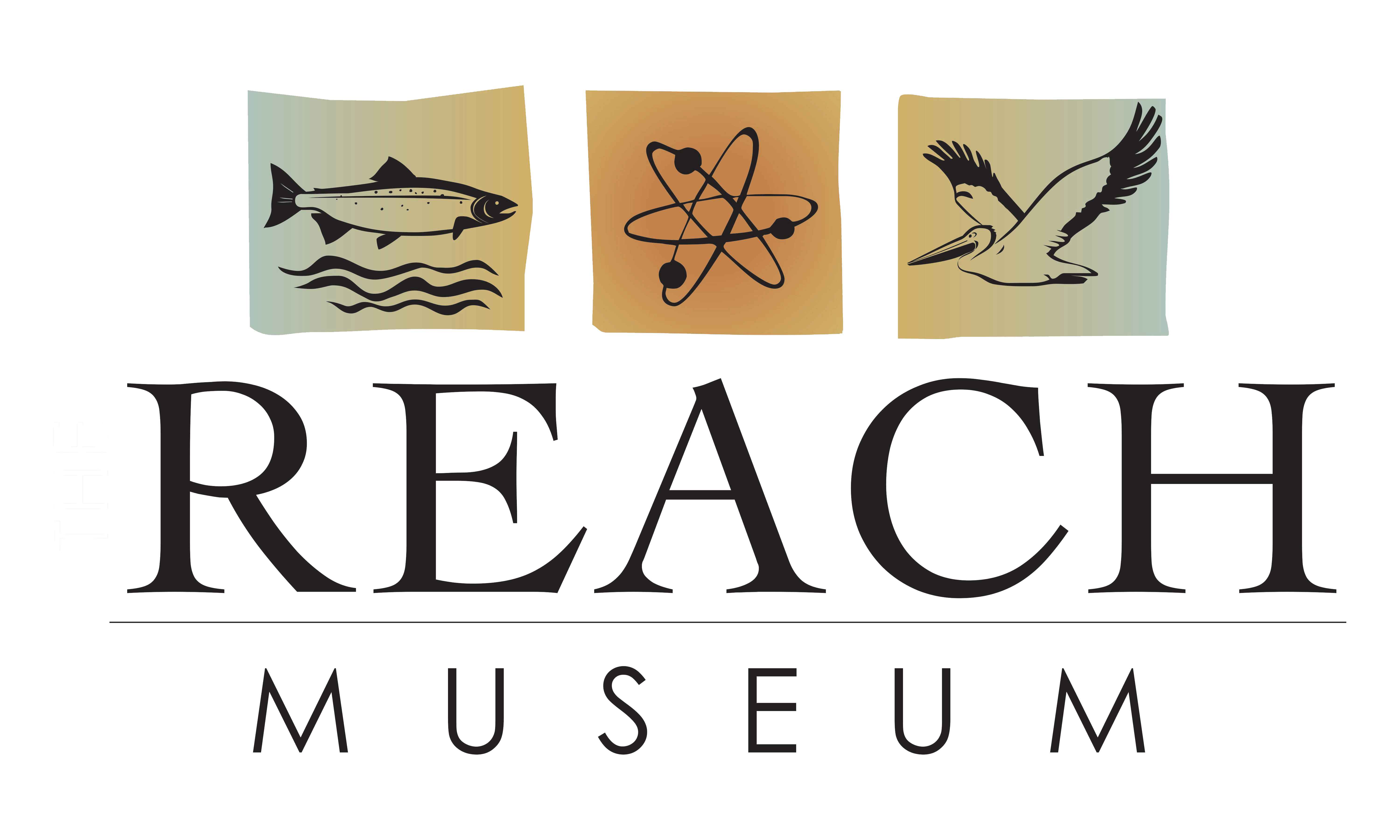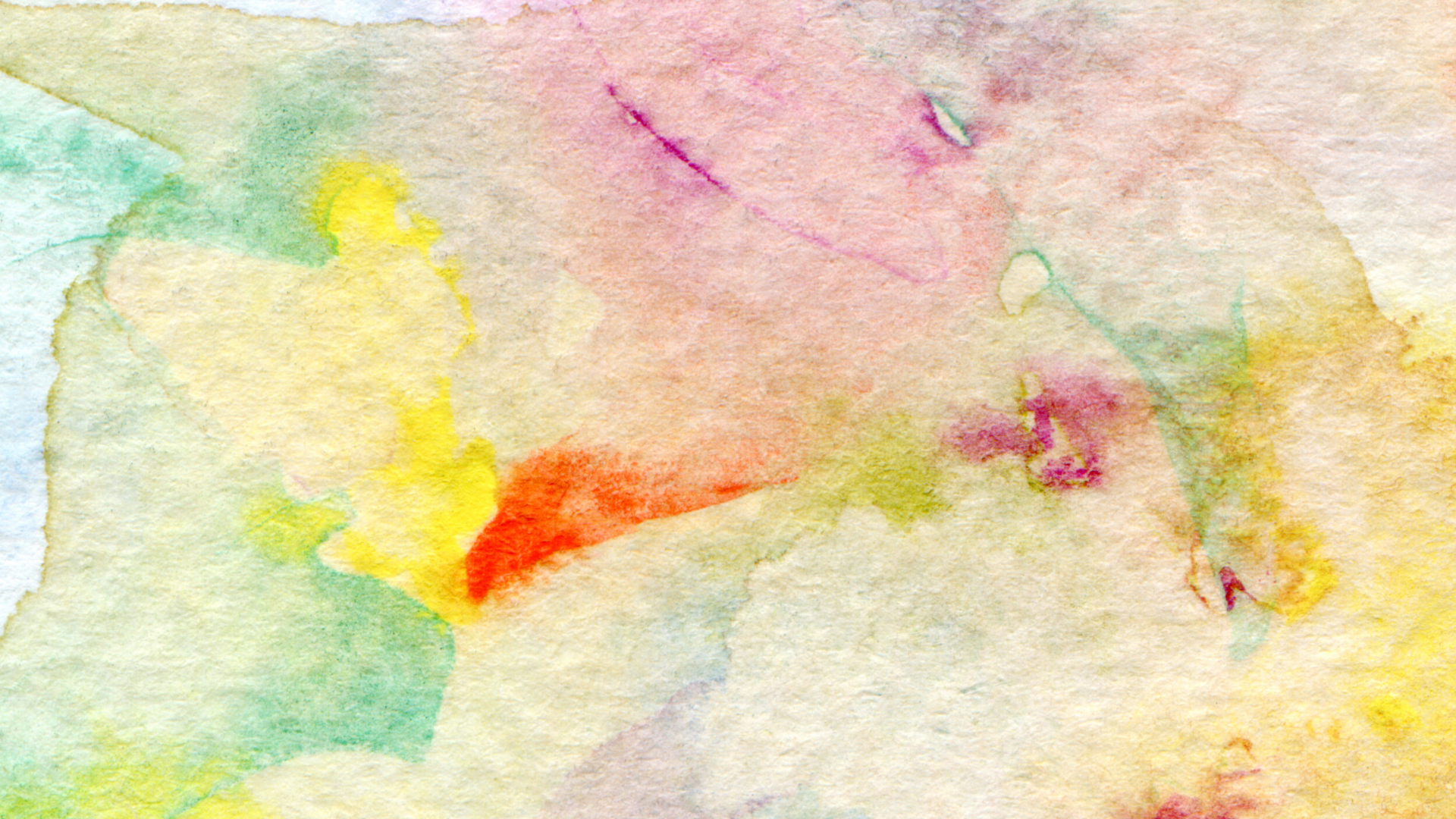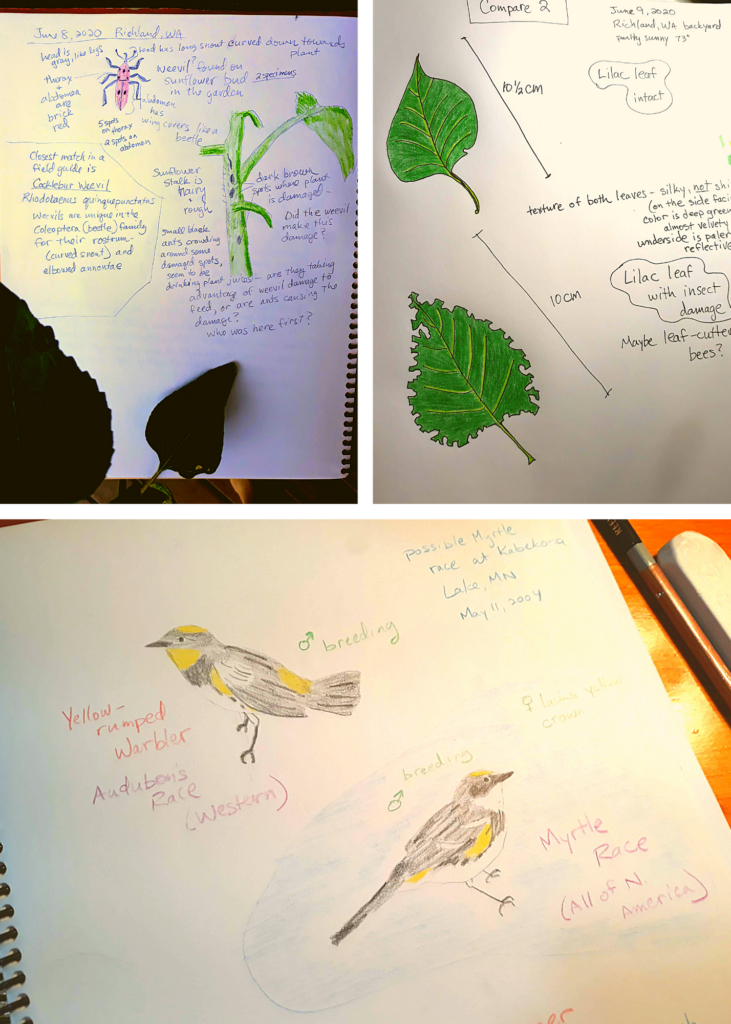Nature Journaling with The REACH – What we’re doing each week:
Week 1 – Introduction to Nature Journaling
Inspired by the journals of Lewis & Clark, we begin our practice of nature observation. Get started by thinking about how to organize your journaling supplies and your data on the page. Do you feel like you’re not a good artist or writer? The best way to get over that is to practice. We’ll get you started with some simple ways to dive in and find what you want to study.
Week 2 – Finding Your Place by the River
We all live in a watershed, and the rivers we live by have an impact on us, just as we have an impact on the river. This week we make observations that help us learn about our Columbia River and water quality, including some of the smallest creatures in the aquatic food chain. Learn how close attention to detail helps with nature study.
Week 3 – Where You’re Planted
Plants are surprisingly complex and can be challenging to draw. Some simple techniques can help you record accurately and help make your drawing realistic. The study of plants also opens up the door to noticing many more living things and ecological relationships. We’ll find why native plants are so important to our neighborhood and what we can do to preserve them.
Week 4 – Animal Encounters
Wildlife can be some of the most memorable study subjects in nature journaling. Knowing a bit about habitat can help you find animals to observe. We’ll practice drawing from live subjects and animal parts while learning techniques that scientists use to study wildlife.
Week 5 – Get Grounded
The rocks and landscape around us reveal clues about the past, but it takes a little geology background to learn to interpret it. Journaling helps us notice the features that make our home unique and tell its amazing story. We’ll practice some rock identification and use creative writing to bring the past alive.
Week 6 – Bringing it All Together
The Columbia Basin’s combination of shrub-steppe and river ecosystems make this a great place for biodiversity. We’ll combine several journaling tools to start getting a bigger picture of our landscape through map-making and creative layout.
Week 7 – Citizen Science
Learn how your nature journal observations can be useful to science by participating in a backyard bioblitz, an online inventory of the living things observed over one week in our area.



